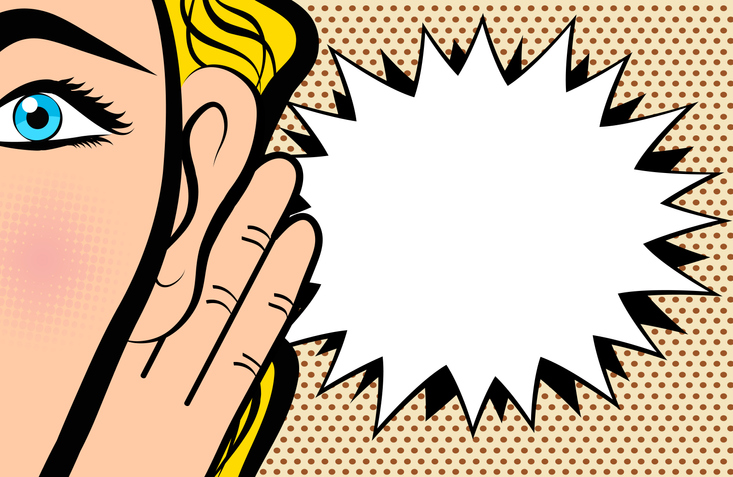
April 30, 2019, by Lindsay Brooke
The dangers of everyday noise levels
This blog has been written by Dr Rebecca Dewey, a neuroimaging expert at the University of Nottingham. She is collaborating with the Sir Peter Mansfield Imaging Centre (SPMIC) in the School of Physics and Astronomy, the Hearing theme of the NIHR Nottingham Biomedical Research Centre and the Manchester Centre for Audiology and Deafness (ManCAD) at the University of Manchester on a research project which aims to use fMRI and electrophysiology to investigate the neural bases of “hidden hearing loss” – the consequences of noise damage to the auditory system that are currently undetectable by regular audiological testing methods.
A recent article on BBC News has picked up on a group of campaigners who have been measuring noise levels on London Underground trains.
Campaigners say they’ve measured sound levels of up to 100 dB on some trains. However, Transport for London (TfL) don’t think it’s a problem.
How loud is 100 dB? 100 dB is loud. I’m talking nightclub loud, power-drill loud. There’s a lovely infographic on the relative loudness of sounds on the A Quiet Refuge website.
The Health and Safety Executive guidance is that if your employer was requiring you to work over 80 dB, they would be legally obliged to provide you with ear protection. Over 85 dB and they would need to monitor your hearing levels over time to ensure that you weren’t doing yourself any damage while on their watch.
A couple of years ago, I wrote an article for The Conversation about noise exposure in relation to my brain imaging research.The long and the short of it is, 100 dB is so loud that in “health and safety” terms, it would be considered seriously problematic to be exposed to that level of noise for more than 15 minutes.
That’s not even a long tube ride. In terms of what would be deemed actually safe? A five minute journey *could be* long enough to damage your hearing. That’s the bottom line – we just don’t know. Some people can have loads of noise exposure without any symptoms. Some people will experience tinnitus, ringing or muffled sounds in their ears after relatively low exposures. But we have to take notice because it could be an expensive problem. Hearing damage from noise exposure might not be easy to detect. It might not become apparent from standard tests performed by an audiologist, and nerve damage resulting from damaged hearing might not become apparent for 5 to 10 years.
Ultimately noise-induced hearing loss is the main cause of preventable hearing impairment worldwide, and accounts for more than one third of all cases of hearing loss in industrialised nations. Organisations such as the World Health Organisation have stated that it leads to a reduction in quality of life, and is likely to be predictive other problems in old age.
What can be done?
Obviously the noise levels will vary from train to train depending on the condition of the wheels and the contact between the wheels and the tracks. Older trains and older lines are likely to be more wobbly, causing more vibration and thus more noise. To truly combat this would require replacing a lot of trains and probably a certain amount of track – an expensive and time-consuming business, likely resulting in many delays. No one is suggesting this. All the campaigners are asking for is the introduction of some clear signage, for example “Warning: risk of high noise levels”, followed by “ear protection is available at your request”. Then at the information desk of every tube station, the member of staff could have access to a box of disposable earplugs next to the first aid kit.
You can take action yourself by carrying some disposable or moulded earplugs discreetly in your pocket for use in noisy environments, and make sure you pack some ear defenders for any youngsters!”
No comments yet, fill out a comment to be the first

Leave a Reply